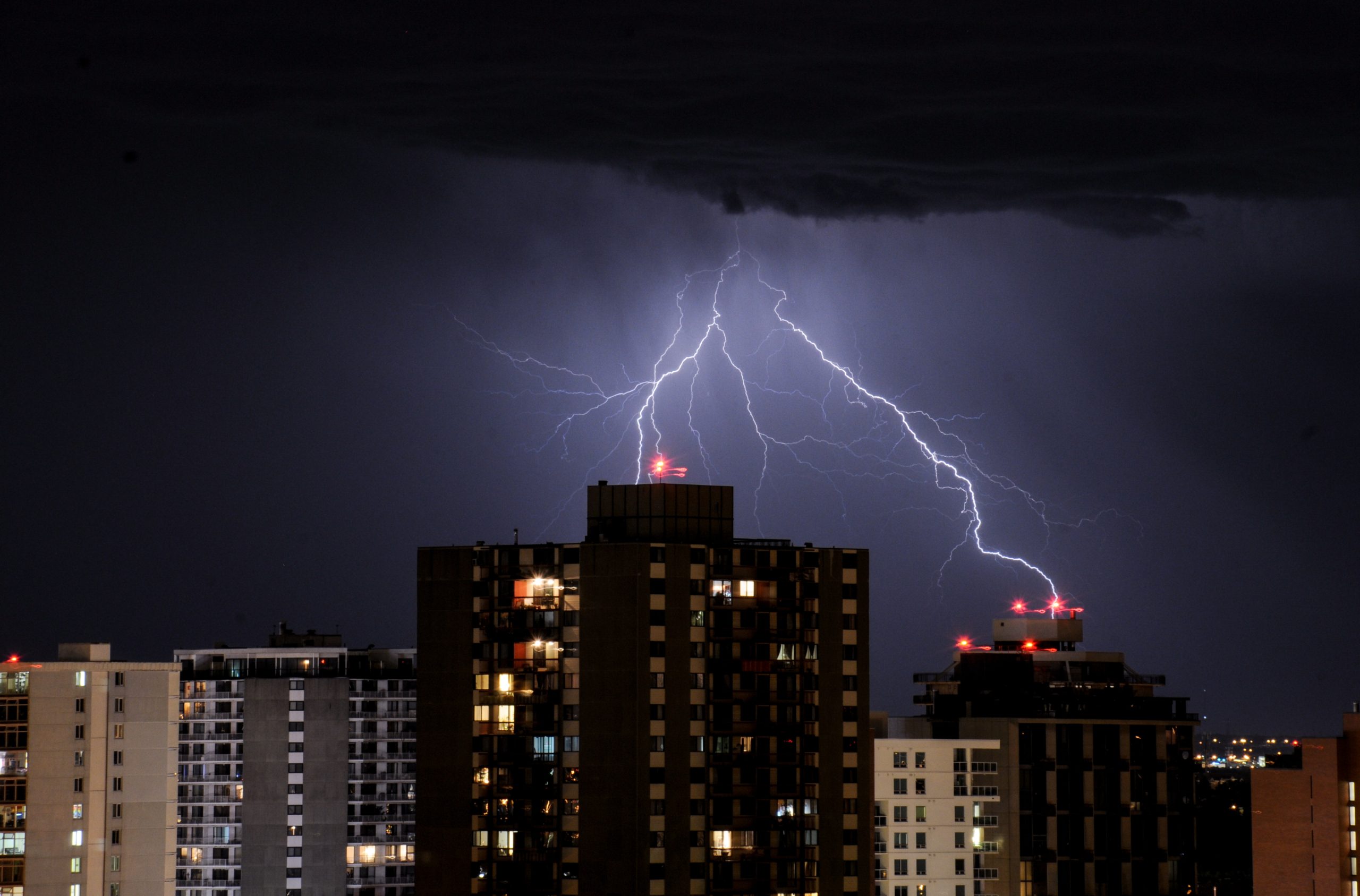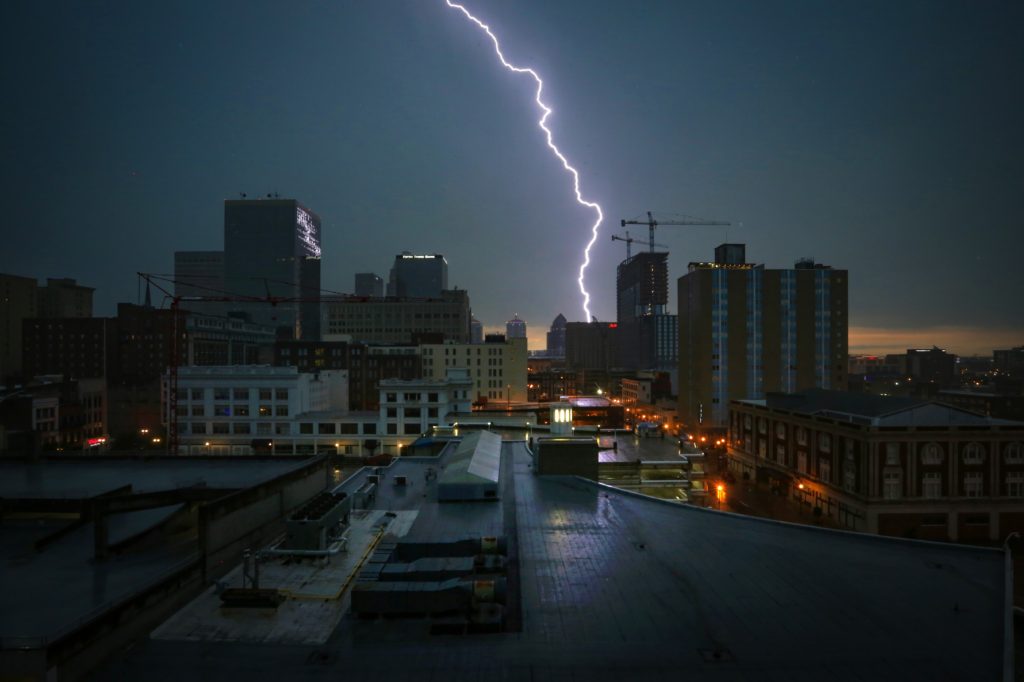The physics of lightning is still poorly understood. We still don’t know exactly how lightning works, although we do have a good idea of some of the phenomena that occur during a lightning strike. This blog is going to look at the physics of lightning and what happens when lightning strikes a metal building.
Physics of a lightning strike
When a lightning bolt strikes a metal building, it will cause an electric current to flow through the metal. This electric current will cause the metal to heat up, and the metal will start to emit light. The electric current will also cause the metal to become magnetized.
The electric current will also cause the metal to emit sparks. These sparks will cause the metal to ignite, and the metal will start to burn. The metal will also emit smoke, and the smoke will cause the metal to start to corrode.
The metal will also start to produce a loud sound.
Protecting your metal building
A lightning strike is a powerful electrical discharge that occurs during a thunderstorm. When lightning hits a metal building, it can cause serious damage.
Lightning can cause extensive damage to a metal building by either traveling through the structure or by creating a spark that ignites flammable materials inside. In either case, the results can be catastrophic.
A metal building is a good conductor of electricity, so it can easily transmit a lightning strike from the sky to the ground. This can cause a surge of electricity to travel through the building, damaging electrical appliances, wiring, and metal fixtures.
If the lightning strike is powerful enough, it can also create a spark that ignites flammable materials inside the building. This can cause a fire that can quickly spread through the structure.
In order to protect your metal building from a lightning strike, you should install a lightning protection system. This system will provide a path for the lightning to travel safely to the ground, without damaging the building.

Conclusion
Every year, thousands of lightning strikes hit the earth. A common misconception is that lightning can only strike tall objects like trees, buildings, and towers. However, lightning can strike anything that is conductive and has a sufficient amount of moisture. This includes metal buildings, cars, boats, and even people. In the event of a lightning strike, it is important to know how to react and what to do.

